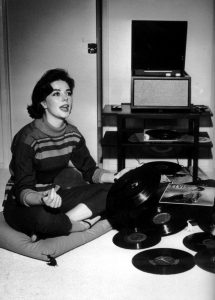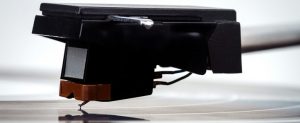Nothing is perfect, not even evolution. Speaking for myself, I wish evolution had done a better job with human knees and rotator cuffs, though given that evolution engineered the human body to last only some 35 or 40 years, I suppose the breakdown of my knees and shoulders – which are presently long past their natural expiration date/shelf life – is to be expected.


One thing evolution got very right is “binaural” hearing. “Binaural” means “having or relating to two ears.” Why do we humans and virtually every other creature that “hears” on this planet have two ears? Because binaural hearing allows us to figure out the origin and direction of sounds. When it comes to negotiating our environment, one ear is not enough and three is simply too many. As such, there’s no practical reason why any animal would have evolved 3, 4, 5 or more ears; that would be a useless waste of precious energy and resources. And aside from having created the preconditions that led to the dance-pop/tech-house/pop-reggae singing/recording career of Paris Hilton, evolution typically does not waste its resources on the useless.
As discussed in yesterday’s Music History Monday post, the 12-inch, 33 1/3-rpm (rotations-per-minute) long-playing (LP) record was introduced by Columbia Records in September 1948. Like their 78-rpm predecessors, these first LP’s were monaural (literally, “having or relating to one ear”): meaning that recorded sounds were all mixed together to create a single channel (played by a single speaker), in which all those sounds therefore appear to emanate from a single position. Hearing monaural sound is the sonic equivalent of seeing without depth perception, and as binaural creatures it is an utterly inadequate way for us to listen to music.

Thus the revelatory importance of the invention of stereophonic sound, or simply “stereo.” Stereo sound reproduction creates the illusion of a multi-directional, multi-dimensional audio image by typically employing two (but sometimes more) independent audio channels, which are played back by two (or sometimes more) speakers.
The first mass-produced stereo recording was released by Audio Fidelity Records in November 1957. On side one of the record was the New Orleans jazz group the Dukes of Dixieland, while side 2 contained all sorts of sound effects and railroad sounds, designed to wow the listener.

And wowed listeners were! But there was a financial catch. At the time Audio Fidelity Records released that first stereo record, the price of a stereo cartridge – the assembly containing the needle that attached to the end of the tone arm – was $250. That might not sound like a lot today, but in 1958, at a time when the average American salary was $3641 per year, and a brand-new Ford motorcar could be bought for between $1,967 and $3,929, it was a small fortune. But demand drove the price for a cartridge down, and by June of 1958, one could be had for $29.95. And so the age of stereo began.… which brings us to our prescribed recording for the week! Continue reading, only on Patreon!
